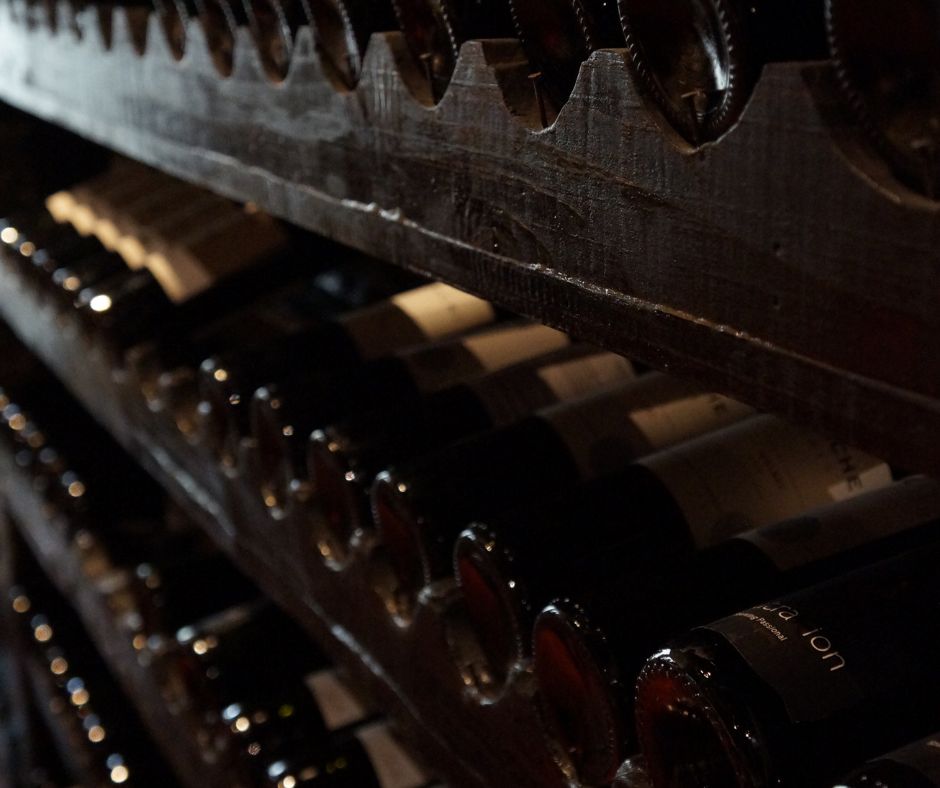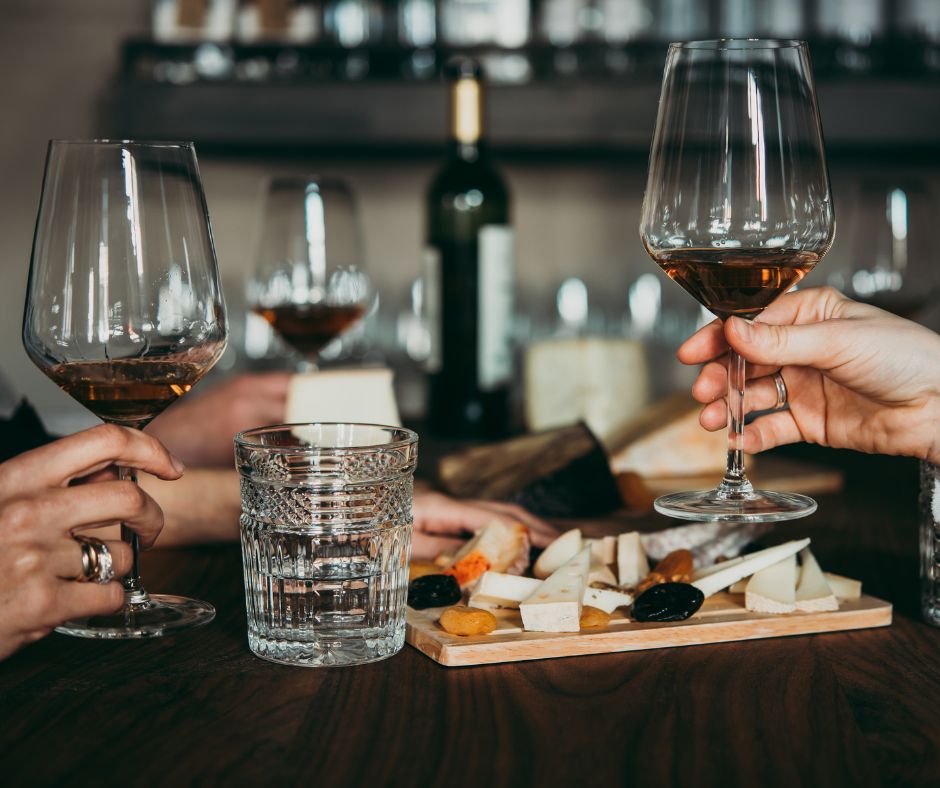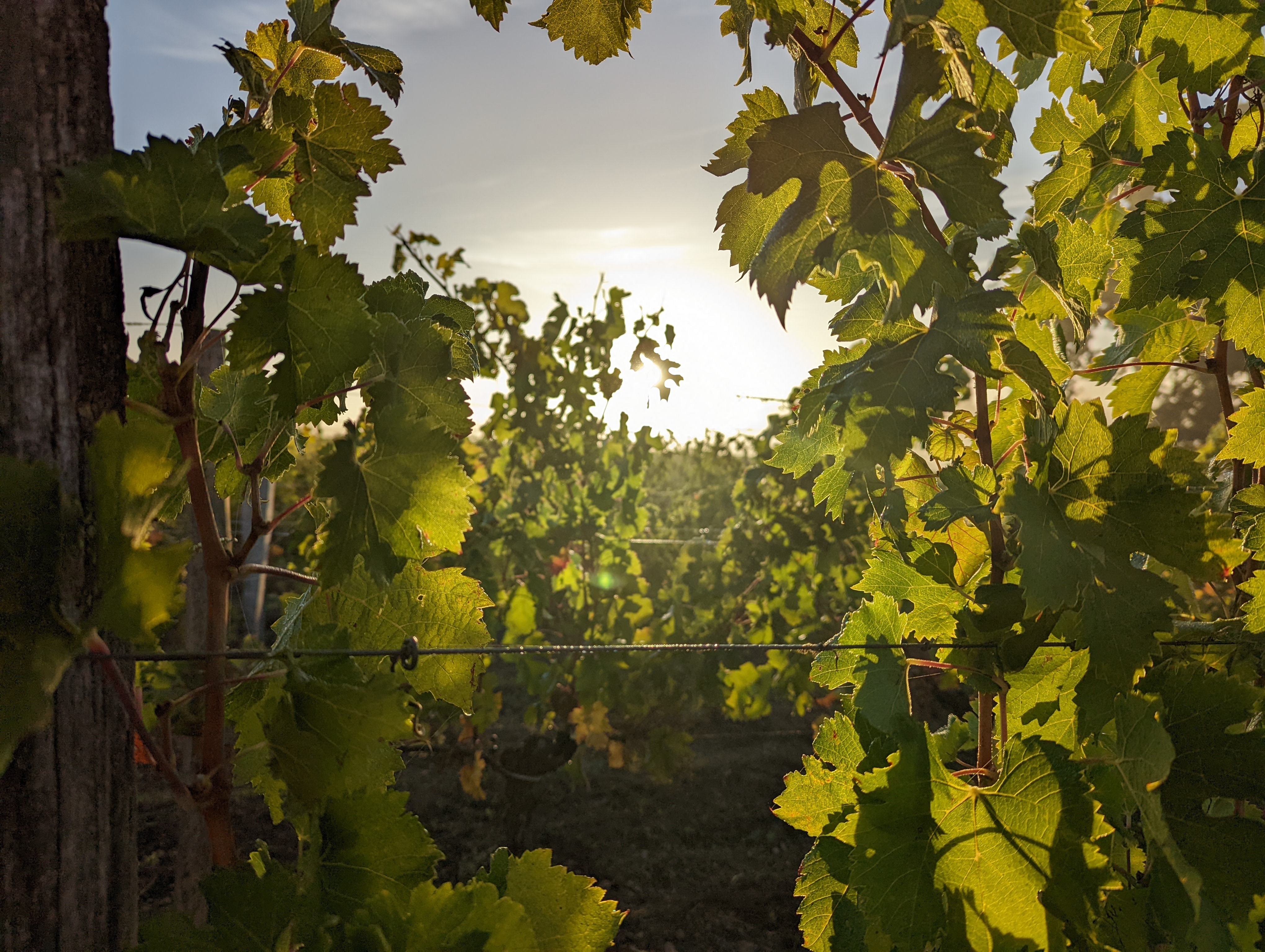How do you tell the difference between wines for cellaring and ready-to-drink wines?
A dinner with friends, an aperitif with family, a birthday, a birth, there is no shortage of opportunities in life to open a bottle of wine...But it is often on these occasions that the choice of a bottle of wine becomes a subject of doubt. It is a question that many wine lovers have asked themselves at least once in front of the wine aisle of a supermarket or at their wine merchant: which wine to choose? The often plethoric offer does not facilitate decision-making. How can you distinguish a bottle of wine ready to be tasted from a so-called aging wine that is best kept for a few years before opening? Alone when faced with this choice and in the absence of any mention on the label, you will benefit from continuing reading for we will reveal some explanations and recommendations.
What is a wine for cellaring ?
A wine for cellaring (vin de garde) is undoubtedly an expression that you have heard during a conversation between wine lovers. This is a wine that is recommended to be consumed after a relatively long storage period, ideally in a cellar for optimal conditions. Over time, this type of wine will slowly mature and gain structure, balance, richness and aromatic complexity to finally reveal all its qualities at its peak, the ideal age of consumption, during tasting. Red wines will experience a softening of their tannins during that period.
But not all wines improve with age and they are not all meant to age. Some wines are intended to be drunk in their youth, shortly after bottling, because they do not have the structure necessary for good aging. Only a small percentage of fine wines on the market have cellaring potential and become ennobled with more or less long-term aging. The optimal aging time differs depending on the regions and vintages.
One distinguish :
- medium-aged wines, which can be kept for between 5 and 10 years,
- long-lasting wines that age well between 10 and 20 years,
- wines with a very long aging potential, which can reach their peak beyond 20 years.
Theoretically, it is recommended to wait a few years to ensure during tasting that a vintage has improved over time and therefore that it is indeed a wine to keep. However, a few criteria allow you to get an idea of the aging potential of a wine without having to wait all these years. Indeed, wines for cellaring have certain common distinctive characteristics that allow them to withstand the aging process and which can allow beginning oenophiles to estimate whether a bottle will benefit from being stored rather than consumed straight away:
- The density (opacity) and vividness of color.
- Tannin: The astringent and bitter taste of red wine reflects the high presence of powerful tannins which promote good aging of the wine. These tannins will soften with maturation time.
- Acidity: a clearly marked high acidity will indicate good aging potential since the acidity will decrease over time.
- The alcohol level: it is generally higher, more than 12%. It helps preserve wine and extend its lifespan.
- Powerful and diverse aromas so that the wine can gain complexity over time.
For white wines, the criteria are a little different, since tannins are very rarely present. As with red wines, good acidity and complex aromas from the outset are essential for keeping a white wine. In addition, sugar is the differentiating criterion that guarantees a higher ageing potential, as is the case for sweet and syrupy Sauternes wines, for example. As sugar is an antioxidant, it slows down the ageing of the wine and helps it to keep longer.
Identifying a wine's ageing potential

©Canva
Grapes varieties
The grape varieties used in blending play a part in a wine's ageing potential. For red wines, certain grape varieties such as Cabernet Sauvignon, Merlot, Sangiovese, Monastrell, Cabernet Franc, Nebbiolo, Malbec, Syrah and Tannat are naturally rich in tannins and acidity. They are therefore better suited to ageing than Pinot Noir, Cinsault or Gamay, for example.
For white wines, grape varieties such as Chenin Blanc, with a rich aroma, natural acidity and high residual sugar content, are more likely to be cellared.
So, when you look at the grape varieties on the back labels of the bottles, you will have an initial intrinsic indication of the wine's ageing potential... But this alone is not enough.
The importance of the region, the terroir
Some regions are renowned for producing wines that are particularly good for cellaring. Famous examples include Bordeaux, Burgundy, Rhône in France, Barolo (Italy) and Rioja (Spain). As a general rule, the wines produced in these regions meet the specifications of the appellations and are made from specific grape varieties known for their ageing potential. The nature of the soils (limestone, clay, silica) in these regions will also influence the quality and characteristics of the grapes they produce.
The vintage
The vintage corresponds to the year in which a wine was harvested. It therefore reflects the climatic conditions experienced by the vines. So, theoretically, optimal conditions will favour alcoholic ripeness (sugar/acidity balance) and phenolic ripeness (skin and pips), both of which are responsible for the development of tannins and aromas. As wine-growing regions in France and around the world are not subject to the same climatic conditions, grape ripeness differs from one region to another. This is why wines from the same terroir often have the same reference vintages, considered good or better than others.
France's wine-growing regions face different climatic challenges with each new vintage. However, for some years now, global warming has redistributed the cards a little, with disparities between regions changing and winegrowers finding themselves obliged to adapt their production (type of grape varieties, techniques).
The alcohol level
The higher the alcohol content in a wine, the longer it is likely to keep. Alcohol acts as a preservative during the maturing process.
Types of vinification and ageing techniques chosen
The winemaker's know-how and winemaking techniques are among the main factors influencing the wine's suitability for ageing. Long ageing (up to 2 years in oak barrels) and the use of wooden containers that oxygenate the wine will give it a more solid tannic structure and greater resistance to oxidation. As a result, the wine will keep longer.
On the other hand, by choosing a short vinification process, the winemaker preserves the freshness of the fruit and extracts only a small amount of tannin. The result is a fresh, light wine that can be enjoyed without too much delay.
The price
The price of a bottle of wine can also be an indicator. Indeed, there is a direct link between the price and the quality of a wine even though the most expensive wines are not necessarily the best. However, a wine for ageing rarely costs less than €15. But, with the increase in production costs, this consistency is somewhat undermined and no longer seems to be as relevant as it was a few years ago. Indeed, with inflation, the increase in production costs has naturally forced winegrowers to partly pass it on to the prices of their wines. Several factors will influence the price of a bottle of wine: the yield, the region of production, the vintage, the reputation of the estate, the winemaking methods used to name a few.
Testing ageing potential
For wine lovers who have the time and inclination to broaden their oenological experience, it might be worth considering buying a wine in a case of 6 or 12 bottles and opening them gradually, in different years, to discover the subtle aromas born of the wine's gradual maturation. This way, you will be able to appreciate the wine's full ageing potential, taking notes at each tasting to help your memory.
Put your trust in a wine professional
Consult the technical data sheets
Wine technical data sheets are often made available to consumers by the winegrowers themselves, particularly on their website. Like identity cards, they contain a wealth of information about the wine, such as the name of the estate, the name of the cuvée, the appellation, the vintage, the grape varieties, the vinification and ageing methods... all details intended to inform the consumer and guide them for tasting and storage.
Sometimes you can also find the indication of a peak tasting window on the back label of the wine. This is invaluable information if you are looking for a wine to consume quickly.
Ask for advice directly from the winemaker
When you buy a wine, if you prefer short distribution channels, don't hesitate to ask your questions directly at the vineyard for advice on storing and tasting the wine. The winemaker will give you all the information you need. Winegrowers generally keep bottles from different vintages so that they can carry out vertical tastings to compare the development of a given cuvée over several years.
Listen to the recommendations of wine professionals
If in doubt, don't hesitate to ask wine professionals (wine merchants, sommeliers) for advice. They regularly carry out tastings that enable them to assess the ageing potential of wines and define an optimal window of opportunity (by year) for tasting. They may also be in contact with winemakers from whom they have received recommendations for ageing and tasting.
Apps
With the arrival of smartphones, applications dedicated to wine have developed and multiplied. They contain a wealth of information and offer an educational approach to wine. Some of them allow you to obtain all the information about a wine by taking a photo of the label on the bottle. A great tool and advisor when you're in front of the wine aisle in the supermarket!
These applications are designed to accompany you on your wine journey, however brief it may be. The functions of some of them have even been designed to help you manage your cellar by planning the rotation of your wines, to find the bottle of wine that suits you or to share your tastings. The objectives of these applications may differ, and the choice is vast. You'll probably have to try out several before adopting one. Some of the best-known or most widely used are: Idealwine, My Wine, PLOC, TWIL (The Wine I Love), Vinidaily, Vivino, Smart Cave, Wine advisor, Wine searcher... As you can see, this list is not exhaustive. You can find all these applications and many more in the applications stores (Apple store, Play Store).
Ready-to-drink wines

©Canva
How do you know if a wine is ready to drink or not? Unlike a wine that can be cellared, a ready-to-drink wine is one that is best enjoyed young.
The fact is, white wines do not keep as long as reds. For example, an Entre-deux-Mers from Bordeaux should be drunk 18 to 24 months after bottling. And yet, among the wines that keep best are sweet white wines! The exception that proves the rule...
Ready-to-drink red wines, on the other hand, are often wood-free, with little tannin. They reflect their grape variety, with primary aromas of fresh fruit, raspberry, strawberry and flowers.
In conclusion
With these few points, you will have understood that a number of factors influence a wine's potential ageing potential. You should also bear in mind that the conditions in which the wine is kept also come into play. So, to put it simply, if you don't have a temperature-controlled cellar to store your bottles of wine, there's a good chance that the peak of your wines will come sooner, and that you'll be able to enjoy them to appreciate all their complexity well before the recommended tasting window.
But, in the end, the most important thing remains the pleasure of tasting a wine. If you are a novice in particular, follow your instincts and your desires, even if it means making mistakes sometimes, because that's how you'll learn to refine your bottle choices. Drunk too early, some complex wines will not yet have reached their peak, they will still have too much of everything: too many woody notes, too much alcohol, too much acidity, too much tannin. A wine for cellaring, when drunk too late, will be considered too old, in decline: its aromas will be degraded, its tannins weakened. Trust your senses and your memory to identify your sensations. And since you've chosen a bottle of wine to share, share your feelings with your guests too!
